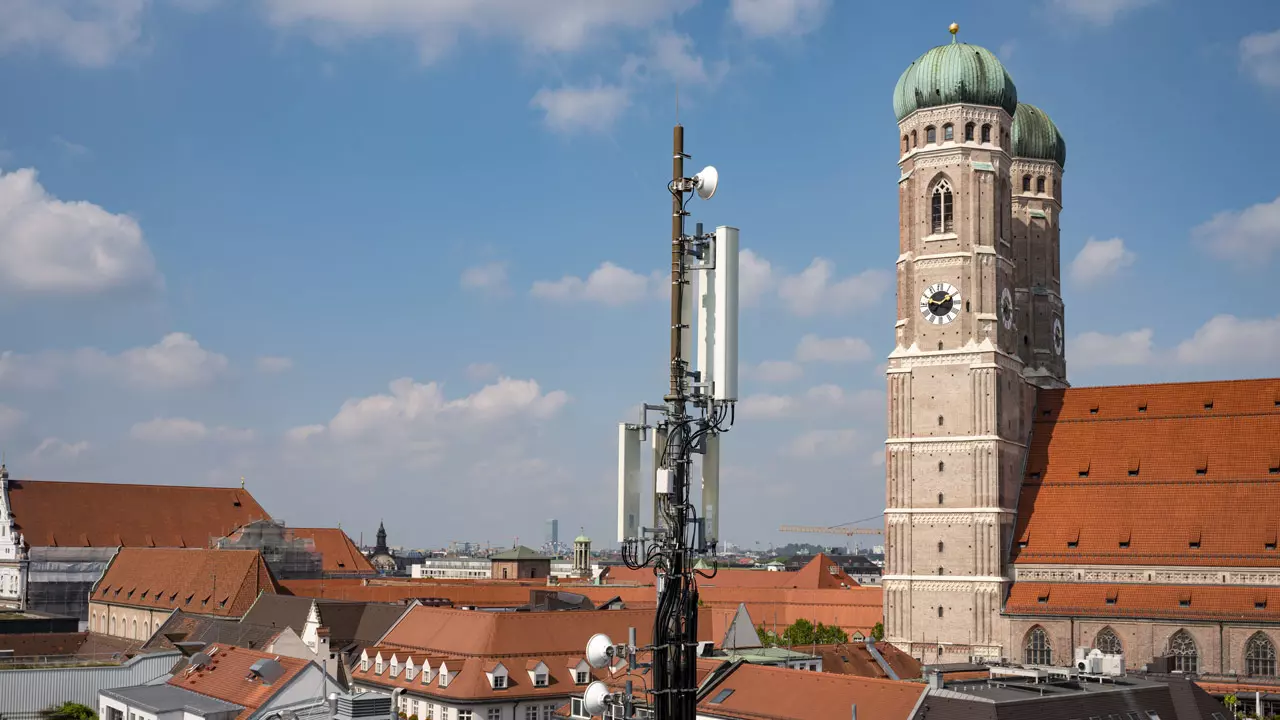O2 Telefonica uses digital twin tool for network monitoring

This digital twin tool, which was developed by O2 Telefónica, allows network technicians to use it to optimize their network planning
German operator O2 Telefónica is using a digital twin tool that maps the status of its 28,000 mobile network sites and over 50,000 transport routes in real time, the telco said in a release.
This digital twin tool, which was developed independently by O2 Telefónica, allows network technicians to use it to optimize their network planning and resolve local restrictions more quickly, the telco said.
Mallik Rao, chief technology and information officer at O2 Telefónica, said: “The digital network twin provides us with comprehensive real-time information and routes – like a map app for the network. We visualize the live status of the O2 Telefónica network and can respond even better to the current needs of our customers. With the self-developed application, we work ten times faster than with previous tools. We can optimize our network in a more targeted manner, better identify performance restrictions and identify alternative transport routes more quickly.”
An interactive map shows all mobile network locations, IP routers, radio relay and fiber optic routes in the mobile network, showing the best route for the mobile phone signal through the network. This tool allows O2 Telefónica’s technicians to understand how efficient individual network components are and what their current live utilization looks like, the carrier said.
In the event of a disruption, the digital twin suggests a new routing for the mobile signals, the telco said, adding that the technicians can also simulate how transport routes and routers will behave in the event of a possible failure. This includes how the components will cope with the expected additional load. The network experts can recognize potential bottlenecks and missing alternative routes at an early stage and take measures in advance to ensure a smooth network supply for mobile phone users, it added.
O2 Telefonica recently said it has already deployed nearly 10,000 5G base stations since it initially launched 5G services in October 2020.
The German operator said it has deployed an average of more than 50 new 5G transmitters every week since the launch of the network. Last year alone, the carrier installed 3,000 5G base stations across the country. The telco said its 5G network currently reaches 95% of Germany’s population.
In October 2023, O2 Telefonica announced the launch of its 5G Standalone (SA) network in the country under the 5G Plus brand. Until this launch, the German telco had been offering 5G services through the NonStandalone (NSA) 5G architecture partly via its LTE/4G core network.
Last month, the telco said it is currently trialing 5G Reduced Capability (RedCap) technology in its commercial 5G network in Munich.
RedCap, sometimes referred to as NR Light, is a reduced set of 5G capabilities intended for devices like wearables and low-cost hotspots that have low battery consumption, lower costs and lower bandwidth requirements. Introduced with 3GPP Release 17, 5G RedCap is designed for devices currently served by LTE CAT-4 but provides equivalent or better in performance with up to 150 Mbps theoretical maximum downlink throughput.

Comments are closed.